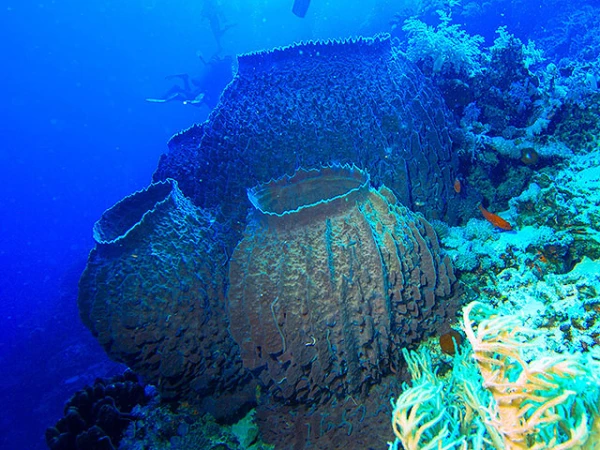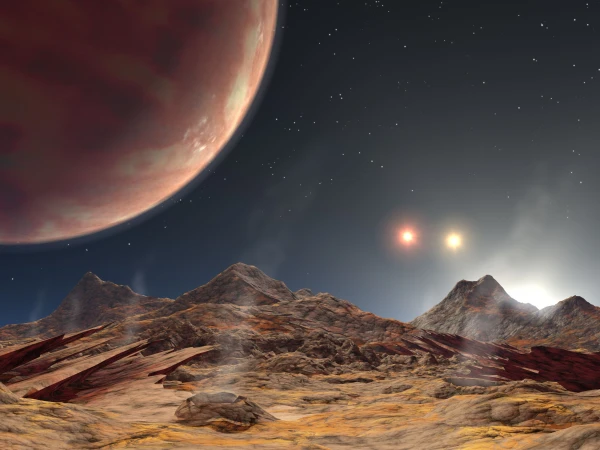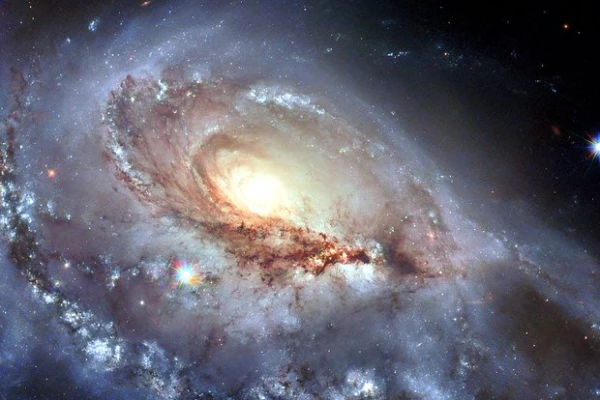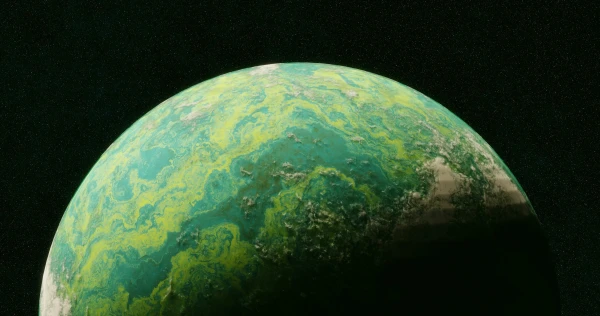
Ancient deposits in Oman were studied.
A group of geochemists from the Massachusetts Institute of Technology has found new evidence that the ancestors of modern marine sponges could have been among the first animals on Earth. In their study published in the journal Proceedings of the National Academy of Sciences, the scientists reported the discovery of so-called "chemical fossils" in rocks that are over 541 million years old. These chemical traces represent remnants of biomolecules formed in ancient organisms and preserved over time in sedimentary rocks after burial and transformation, sometimes for hundreds of millions of years.
The research continues the work started by the same group of scientists back in 2009. At that time, the researchers first reported the discovery of chemical fossils that were believed to belong to ancient marine sponges. Analysis of rock samples taken from an outcrop in Oman showed a high content of steranes – compounds that scientists believe are remnants of a rare form of steroids with 30 carbon atoms (C30 sterols). These compounds, it was determined, most likely originated from ancient sponges.
The new work strengthens their initial hypothesis: in the same ancient, Precambrian rocks, they found another chemical fossil whose origin is almost certainly linked to ancient sponges. The scientists focused their attention on Ediacaran-age rocks. They collected samples from drilling sites and outcrops in Oman, western India, and Siberia to analyze them for steranes – stable forms of sterols that are present in all eukaryotes. The team analyzed the chemical features of these compounds and found that a specific gene in sponges can synthesize an even rarer sterol – with 31 carbon atoms (C31). By analyzing the rock samples, the researchers found that C31 steranes were present in significant amounts alongside the previously found C30 steranes.
The scientists also studied modern species of sponges and found biological precursors of C31 steranes – C31 sterols, confirming their connection to living organisms. To confirm the structure of these compounds, they synthesized eight variants of C31 sterols in the laboratory and subjected them to treatment that simulated geological processes – such as deposition, burial, and prolonged pressure that the molecules underwent over hundreds of millions of years. As a result, they established that only two of the eight synthesized sterols could be converted into C31 steranes identical to those found in ancient rocks. The absence of the other six confirms that the substances found were unlikely to have arisen by chance or as a result of non-biological processes.
These data, supplemented by results from other studies, convincingly confirm that the steranes discovered were products of the activity of ancient organisms, rather than the result of geological phenomena. Moreover, these organisms were apparently the ancestors of modern sponges, which are still capable of producing such compounds today.














Leave a comment